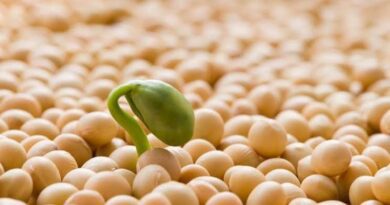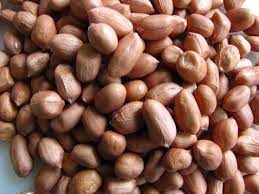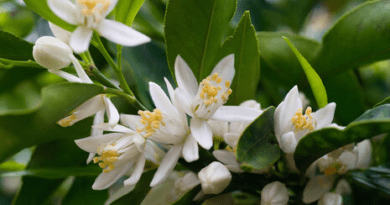Rust Disease on Beans Production: Identification & Control
Rust is a common disease and can lead to partial or complete crop failure. The rust fungus forms discrete pustules, which are filled with cinnamon-brown spores (urediniospores).
On the upper side of the leaves, pustules will appear small (1/16 inch) and may be surrounded by a yellow halo. On the underside of the leaves, the pustules will appear slightly larger and be more raised, and the dusty spores are rubbed off easily with a finger.
These spores may be wind-blown for many miles. Infection is favored when free moisture (dew or fog) occurs frequently. The infection cycle can repeat every 10 to 14 days, and a significant epidemic can result very quickly if the disease goes unmanaged.
Pustules break through the leaf surface, opening the interior of the plant to desiccation. Large numbers of pustules result in plants drying out and dying, even when soil moisture is good.
Late in the season, the cinnamon-brown spores will be replaced with black spores (teliospores). Both spore types overwinter on bean debris and can lead to infections the next spring. The rust life cycle also includes an inconspicuous sexual stage that can result in new races.
Read Also: Non-Traditional System of Fisheries Management and Problems of Enforcing Rules
Rust Disease Management
Resistance: Resistance is an effective and inexpensive way to manage rust, but the pathogen races causing rust can change and should be monitored.
For context, rust epidemics caused millions of dollars in yield losses to dry edible beans in the Northarvest region in the 1990s.
However, when pathologists and breeders incorporated the novel and effective resistance gene Ur-3 into cultivars, rust was widely managed throughout the region.
In 2008, a new pathogen race that overcame Ur-3 (race 20-3) first was identified in North Dakota and it spread throughout the growing region in subsequent years. As a result, rust became a major threat in the region again.
Pathologists and breeders actively monitor the pathogen for race changes and identify and incorporate new resistance genes into cultivars. Consult the most up-to-date information when selecting a cultivar for rust resistance.
Destroy volunteer beans: Destruction of volunteer bean plants will reduce early-season rust pressure and slow the development of new rust races.
Foliar fungicides can be used to manage rust effectively, but they are most effective shortly after rust is found. Scouting should be done regularly, with an emphasis on looking for “hot spots” (localized areas of infections).
When a rust outbreak begins, symptoms are observed most readily in the lower-middle canopy and on the underside of the leaves. Monitor fields carefully, paying particular attention to areas prone to long periods of heavy dews or fog (for example, near tree lines or low-lying areas).
Foliar fungicides: Many foliar fungicides are labeled for rust management. Protectant compounds can delay the onset of rust if applied before infection, but in general, FRAC 3, FRAC 11 and some FRAC 7 fungicides are more effective, particularly once rust infection occurs. Consult the most up-to-date information to select an efficacious fungicide.
Foliar fungicide timing: The most effective timing for a fungicide application for rust is usually soon after the disease is identified.
Research results at NDSU indicated that preventive applications (before detection) and late applications (applied several weeks after the epidemic began) were less effective.
Once the crop is at growth stage R7 (striping in pintos), fungicides no longer provide economic benefits.
Crop rotation: Use crop rotation and avoid planting next to a field that was severely diseased last year.
Read Also: How To Reduce Waste At Home Properly









